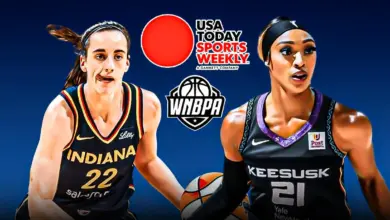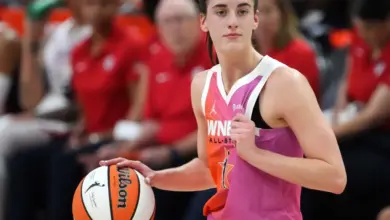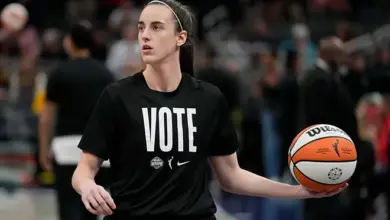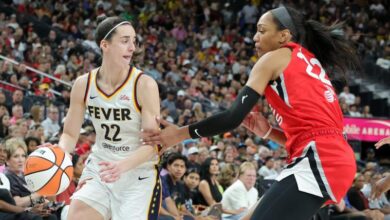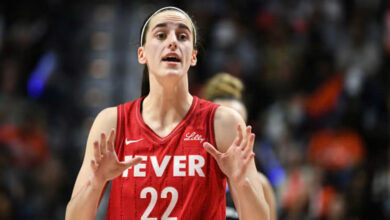Brennan Book on Caitlin Clark Excerpts upsetting Dijonai who calls it ‘Defamation of character’
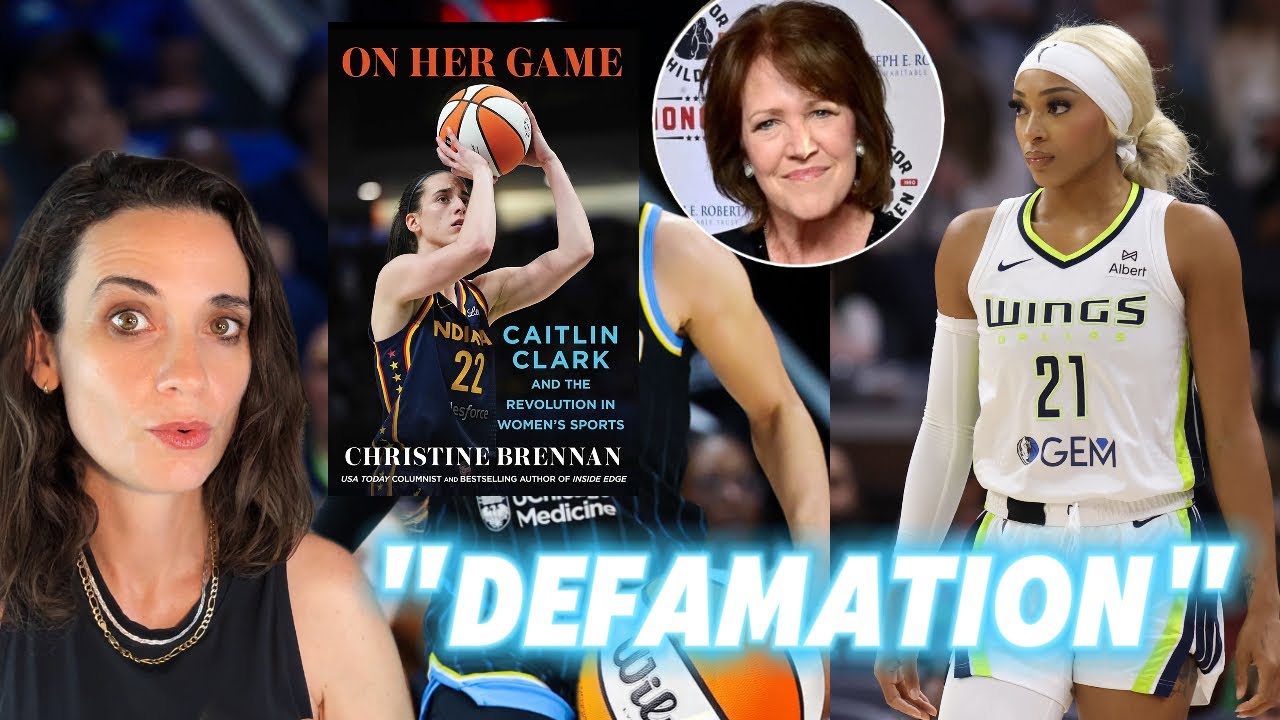
Christine Brennan has written a new book about Caitlin Clark and the revolution transforming women’s basketball. In it, she reveals a heated incident from last season involving D.J. Carrington and a discussion about NaLyssa Smith, which has prompted Carrington to accuse her of defamation of character.
The book, titled On Her Game: Caitlin Clark and the Revolution in Women’s Sports, is causing a huge stir among fans and has even started selling out. Much of the buzz comes from the juicy behind-the-scenes stories, particularly those involving Brennan herself. As a journalist covering the WNBA, Brennan had previously confronted D.J. Carrington with questions about an incident where Carrington appeared to poke Caitlin Clark in the eye—a move that sparked significant backlash. The WNBPA (the players’ association) publicly condemned Brennan, accusing her of unprofessional conduct and claiming her line of questioning was manipulative rather than genuine journalism. They even called for USA Today, where Brennan works, to revoke her press credentials.
Many critics believe Brennan is intentionally fueling drama to market her book. While opinions vary on her methods, there’s no doubt she’s succeeded in getting people talking. Recently, Brennan appeared on a show where she criticized WNBA Commissioner Cathy Engelbert for how the league handled Marina Mabrey allegedly shoving Caitlin Clark during a game against the Connecticut Sun.
But the real firestorm centers on a conversation Brennan recounts involving two Indiana Fever beat reporters, Scott Agness and Chloe Peterson. This incident took place last season (2024) when the reporters discussed how NaLyssa Smith would be moved out of the starting lineup for two games against Connecticut. D.J. Carrington, Smith’s partner and a fellow player, apparently overheard their conversation and accused them of suggesting that Smith was a bad teammate.
Brennan’s book includes an excerpt describing how Carrington confronted her and the reporters backstage. According to Brennan, Carrington suddenly approached and asked, “Why are you talking about NaLyssa?”—leaving the reporters stunned, as none of them had said anything personal or derogatory about Smith. Agness and Peterson had merely been discussing strategic lineup changes. Brennan writes that Carrington escalated the confrontation, insisting, “You’re saying she’s a bad teammate,” and directly accusing Brennan of speaking about Smith.
Later, while waiting to interview players, Brennan, Agness, and Peterson encountered Smith herself, who was on the phone. Smith confronted Brennan, asking, “Do you have something to say to me?” Brennan replied she was happy to talk. Smith scoffed and walked away. Moments later, in a hallway, Smith confronted them again, demanding, “What did you say?” Brennan insisted none of them had said anything negative. Smith replied, “You are lying,” and left.
After excerpts of this incident surfaced online, D.J. Carrington responded on social media, labeling it “defamation of character.” Clearly, Carrington strongly disagrees with how the situation has been portrayed, and the controversy has split public opinion.
It appears Brennan also recorded a conversation with Agness and Peterson after the incident to corroborate her version of events, providing the audio to WNBA officials. Some people are upset that Brennan recorded the conversation, but she seems to have done so to protect herself and ensure her account wasn’t merely her word against Carrington’s and Smith’s.
The book is scheduled for release tomorrow, and many expect it to spark even more intense debate—especially given the timing, as the WNBA All-Star roster is also being finalized, promising a busy day in the league.
The original source of the tension between Brennan and Carrington goes back to Brennan’s controversial interview question. She had asked Carrington whether, during a game, she intentionally hit Caitlin Clark in the eye, and whether she and Marina Mabrey had laughed about it afterward. Carrington firmly denied any intent to harm Clark and said she hadn’t realized she had even hit her. When pressed about laughing, Carrington reiterated she couldn’t have laughed about something she didn’t know had happened.
This exchange prompted a fierce letter from the WNBPA condemning Brennan. They accused her of conducting an “interview in the name of journalism” that was really an attempt to bait Carrington into a false narrative laced with implications of racism, homophobia, and misogyny. The association criticized Brennan for lacking integrity and called on USA Today to investigate why she was assigned to cover the league.
For many observers, the WNBPA’s strongly worded statement felt unusually aggressive for a professional sports union. Brennan’s questioning style has drawn mixed opinions; some believe her follow-up about whether Carrington and Mabrey laughed after the incident was calculated to trap Carrington into admitting she knew she’d hit Clark. Others think Brennan merely wanted to clarify whether Carrington learned about the incident later, given that Clark was visibly in pain afterward.
Ultimately, this appears to be a case of miscommunication and differing perspectives. Critics argue that rather than attacking Brennan’s credentials, a better path would have been open dialogue. For journalists, facing public accusations like those from the WNBPA is serious—it can threaten their entire career.
The broader context also matters: Caitlin Clark’s rising prominence in the WNBA has placed intense scrutiny on every incident involving her. Many believe any controversy around Clark becomes a powder keg, quickly escalating into debates about race, sexuality, and media narratives—even when situations may not be as deep or sinister as they seem.
While there’s clearly a gulf between Brennan and the players in how they view these events, some argue that building mutual understanding requires dialogue, not hostility. Pushing people into corners only heightens division.
At the same time, there’s no denying the business side of all this. Caitlin Clark’s star power has transformed the WNBA, bringing in enormous new attention and revenue. The league is under pressure to adapt—and to navigate tensions between its established culture and new realities driven by Clark’s popularity. There’s speculation that parts of the league’s “old guard” are slowly being phased out because the league can’t afford to turn away the interest and money Clark generates.
Whether or not one agrees with Christine Brennan’s approach, her book’s release tomorrow is bound to fuel even more discussion about Caitlin Clark, the WNBA, and the evolving landscape of women’s sports.




